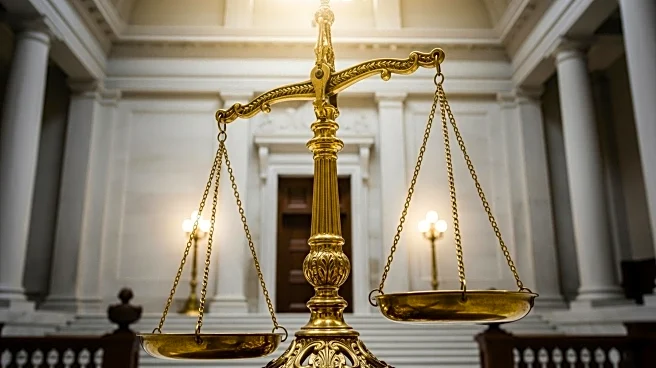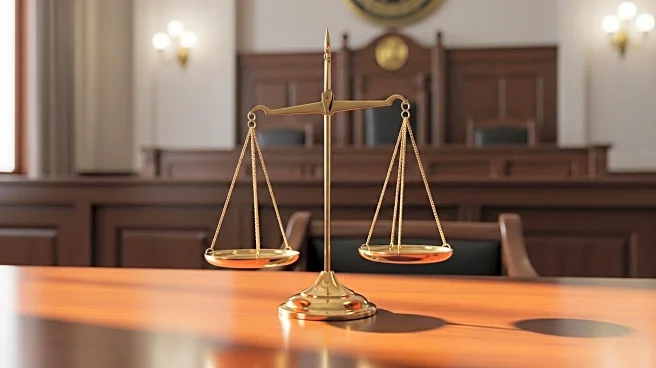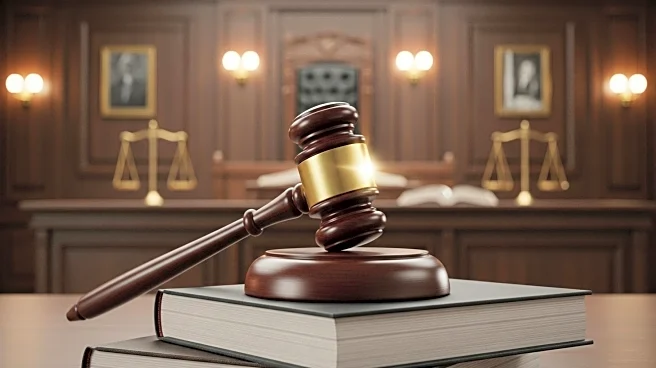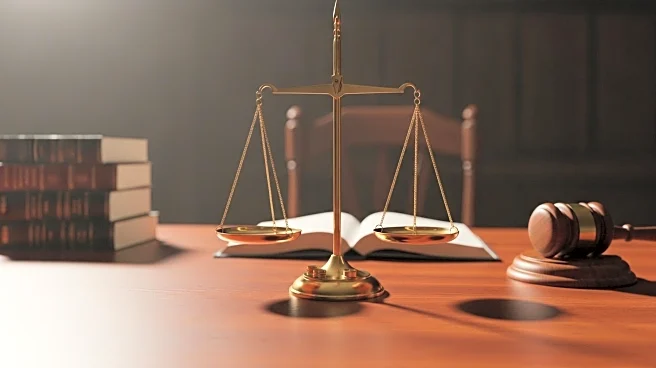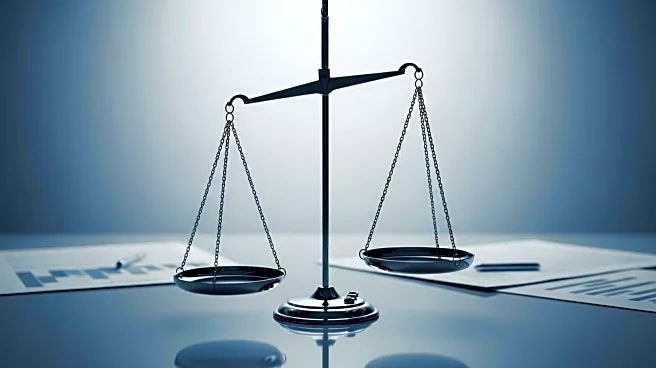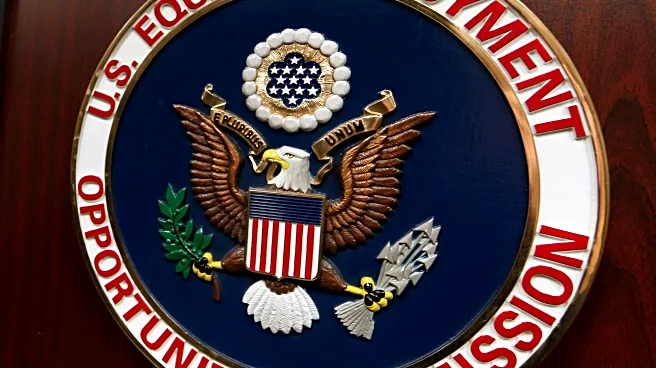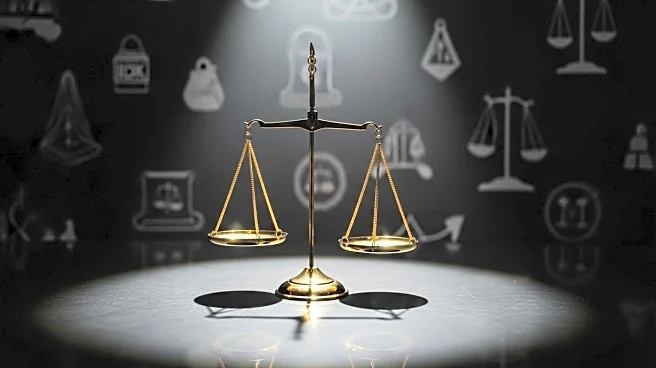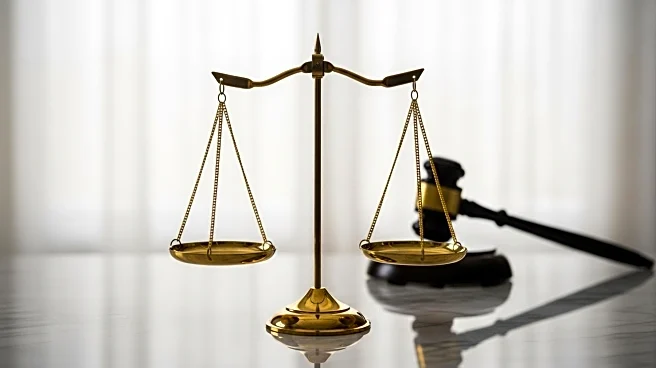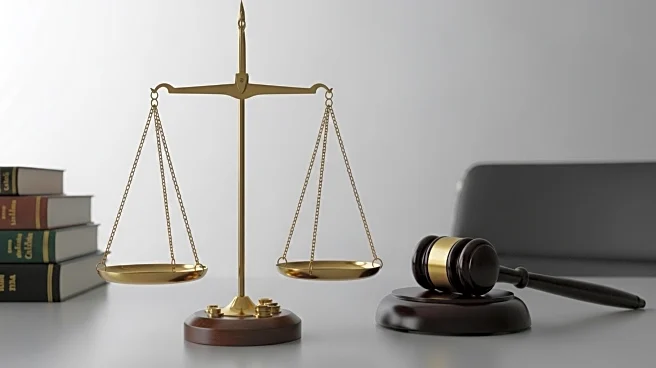What is the story about?
What's Happening?
The U.S. Supreme Court is set to begin its October 2025 term, where it will tackle several significant constitutional and statutory issues. The docket includes cases that could have far-reaching implications on various areas of law. Among the cases is a petition by Kim Davis, which is seen as part of a broader effort to challenge the precedent set by Obergefell v. Hodges. Although the court is unlikely to overturn the landmark decision, the case highlights ongoing efforts to weaken its impact. The term promises to be pivotal, with the justices examining complex legal questions that could shape the future of American jurisprudence.
Why It's Important?
The Supreme Court's decisions in this term could have substantial impacts on U.S. law and society. The cases on the docket may influence civil rights, corporate regulations, and individual liberties. Legal experts and practitioners are closely watching the court's approach to these issues, as the outcomes could redefine legal precedents and affect millions of Americans. The term's significance is underscored by the potential for these decisions to alter the legal landscape, impacting how laws are interpreted and enforced across the country.
What's Next?
As the term progresses, stakeholders including legal professionals, advocacy groups, and policymakers will be monitoring the court's decisions. The outcomes could prompt legislative responses or further legal challenges. The court's rulings may also influence public opinion and political discourse, particularly in areas related to civil rights and liberties. Observers anticipate that the decisions will have a lasting impact, prompting discussions on the balance between state and federal powers and the role of the judiciary in shaping societal norms.
AI Generated Content
Do you find this article useful?
